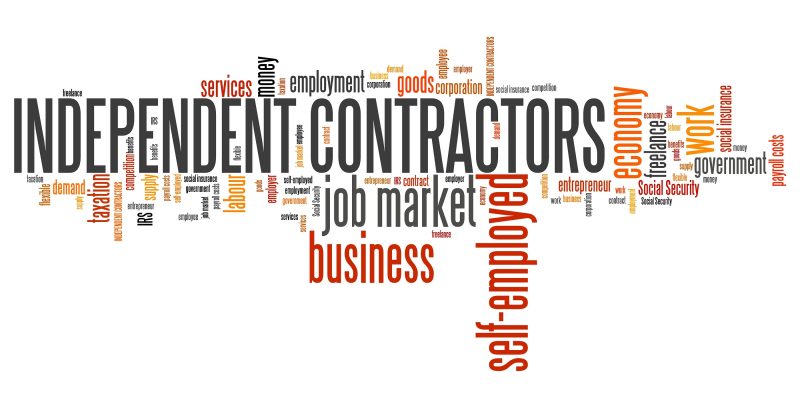Fact Sheet * By Celine McNicholas and Margaret Poydock * November 14, 2019
In September, California adopted a new law aimed at combatting the misclassification of workers. The legislation, Assembly Bill (AB) 5, will take effect on January 1, 2020. AB5 adopts the “ABC” test that has been used by courts and government agencies to determine employee status. Under this test, workers can only be classified as independent contractors when a business demonstrates that the workers:
1. Are free from control and direction by the hiring company;
2. Perform work outside the usual course of business of the hiring entity; and
3. Are independently established in that trade, occupation, or business.
Workers who don’t meet all three of these conditions must be classified as employees for purposes of state wage and hour protections. AB5 will help ensure that California’s workers who perform core work under company control versus as independent businesses have access to basic labor and employment protections and benefits denied independent contractors, including minimum wage and overtime protections, paid sick days, workers’ compensation benefits, and unemployment insurance benefits. Further, the legislation will protect law-abiding businesses that properly classify workers from unfair competition from companies that cut costs by misclassifying workers: AB5 will make it more difficult for companies to avoid paying their fair share of Social Security, Medicare, and unemployment insurance taxes and avoid providing state workers’ compensation insurance. In contrast, employers would not be held accountable under a ballot initiative backed by digital platform companies.
Misclassification is widespread
The misclassification of workers as independent contractors is a serious and persistent problem nationwide. A 2000 study commissioned by the U.S. Department of Labor found that between 10% and 30% of audited employers misclassified workers and that up to 95% of workers who claimed they were misclassified as independent contractors were reclassified as employees following review.
Misclassification robs millions of workers of labor and employment law protections and deprives federal and state governments of billions in tax revenues
How a worker is classified has serious implications. For workers, the costs of misclassification are high. Most federal and state labor and employment protections are granted to employees only, not independent contractors. So, when an employer misclassifies a worker as an independent contractor, the employer robs that worker of the basic protections intended to serve as foundational standards for all workers. For example, a misclassified worker loses access to a minimum wage and overtime pay, and is no longer protected from discrimination and sexual harassment. Further, workers face additional financial responsibilities, including taxes and insurance obligations (see Table 2). For these reasons, independent contractor status should apply only to those workers who have made the decision to go into business for themselves and where the firms that they contract with do not control the way they get their job done.
State and federal governments also lose when workers are misclassified. As noted, companies that misclassify workers avoid paying their fair share of Social Security, Medicare, and unemployment insurance taxes and avoid providing state workers’ compensation insurance. The state of California estimates that the annual state tax revenue loss due to misclassification is as high as $7 billion.

